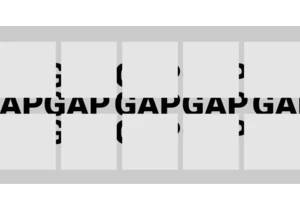We’ve already discussed how creating web components is easier than you think, but there’s another aspect of the specification that we haven’t discussed yet and it’s a way to customize (nay, supercharge) a built-in element. It’s similar to …
The post Supercharging Built-In Elements With Web Components “is” Easier Than You Think appeared first on CSS-Tricks. You can support CSS-Tricks by being an MVP Supporter.
https://css-tricks.com/supercharging-built-in-elements-with-web-components-is-easier-than-you-think/
Zaloguj się, aby dodać komentarz
Inne posty w tej grupie

This is the fourth post in a series about the new CSS shape() function. So far, we’ve covered the most common commands y

Styling the space between layout items — the gap — has typically required some clever workarounds. But a new CSS feature changes all that with just a few simple CSS properties that make it easy, ye

Being the bad boy I am, I don't take Tailwind's default approach to cascade layers as the "best" one. Over a year experimenting with Tailwind and vanilla CSS, I've come across what I believe is a b


KelpUI is new library that Chris Ferdinandi is developing, designed to leverage newer CSS features and Web Components. I've enjoyed following Chris as he's publishe

The CSS if() function enables us to use values conditionally, which we can already do with queries and other functions, so I’m sure you’re wondering: What exactly does if()

The CSS if() function was recently implemented in Chrome 137, making it the first instance where we have it supported by a mainstream browser. Let's poke at it a bit at a very high lev
